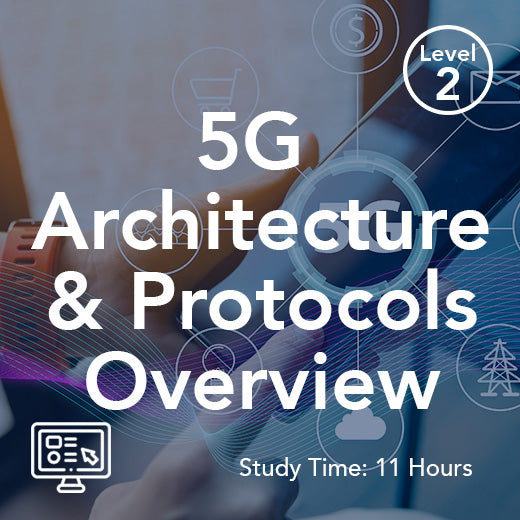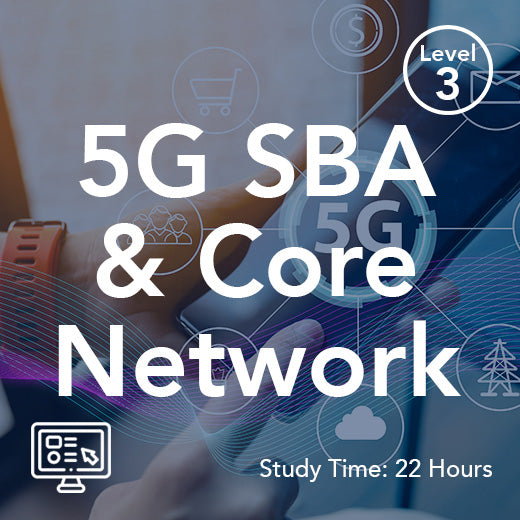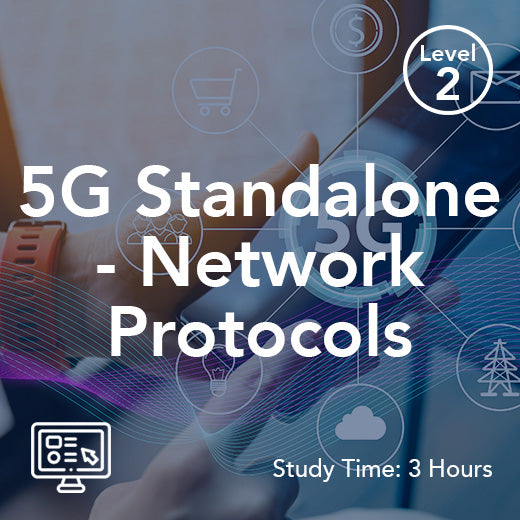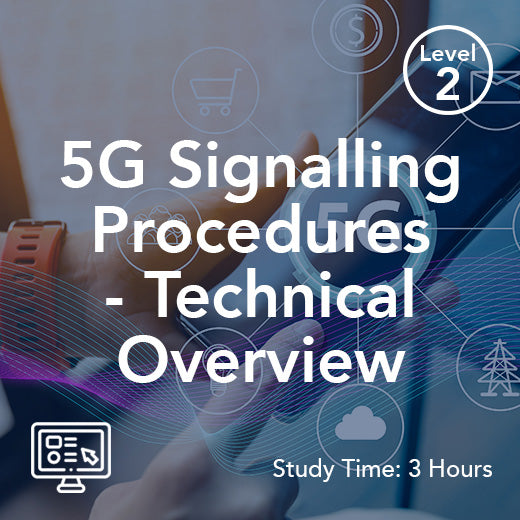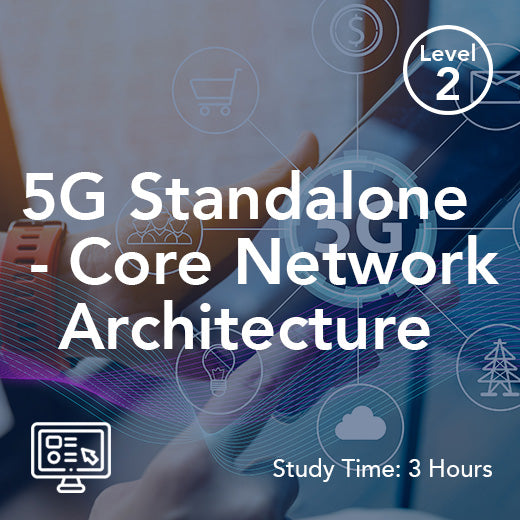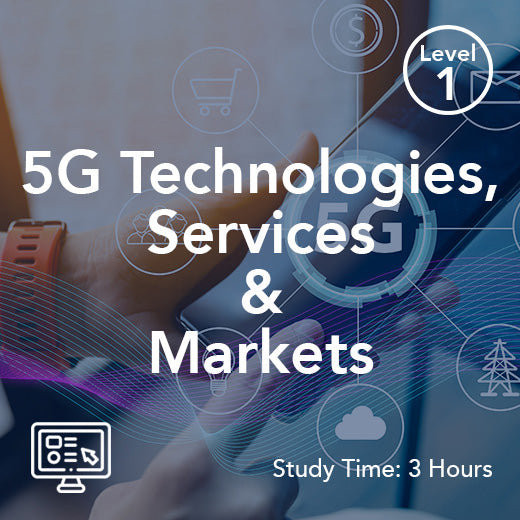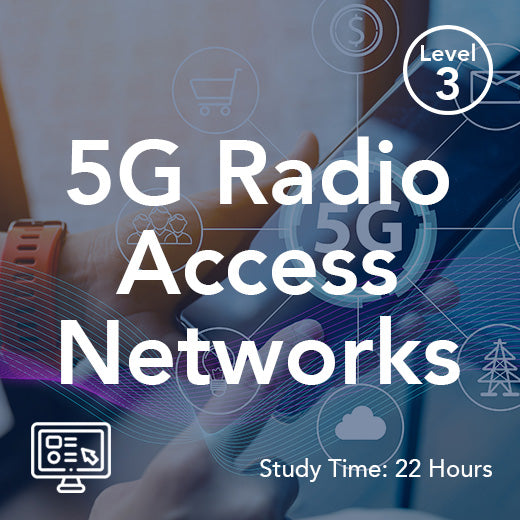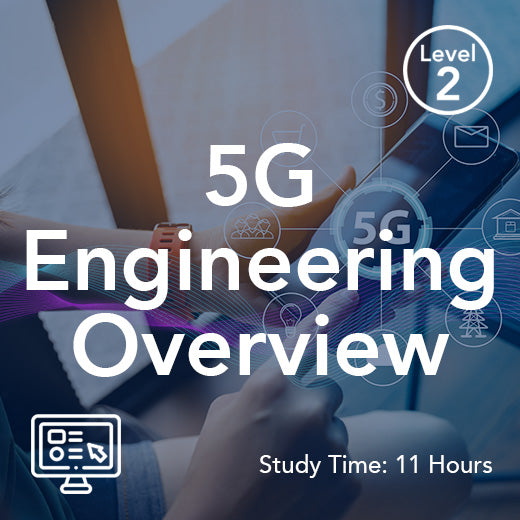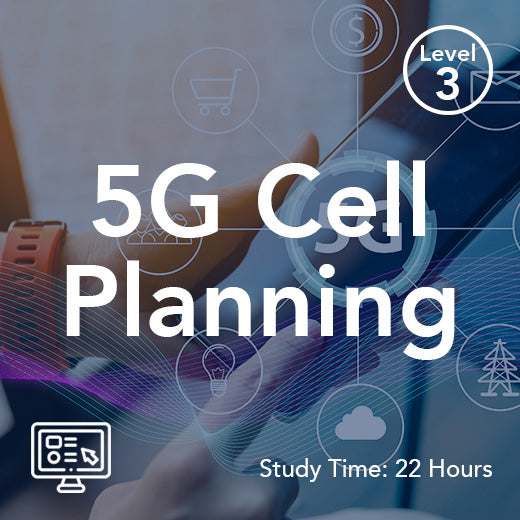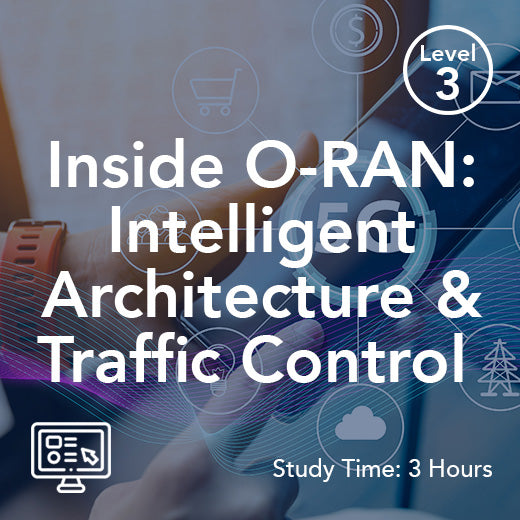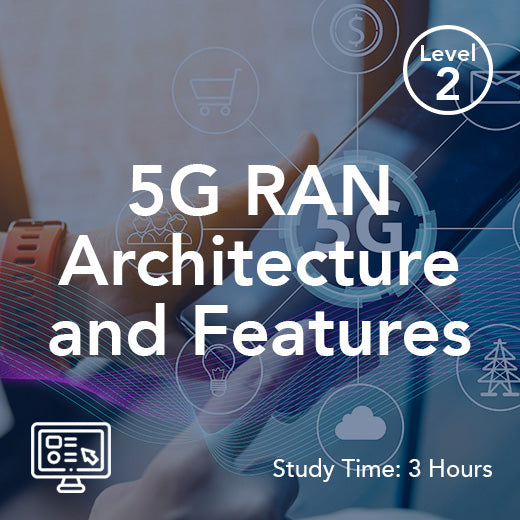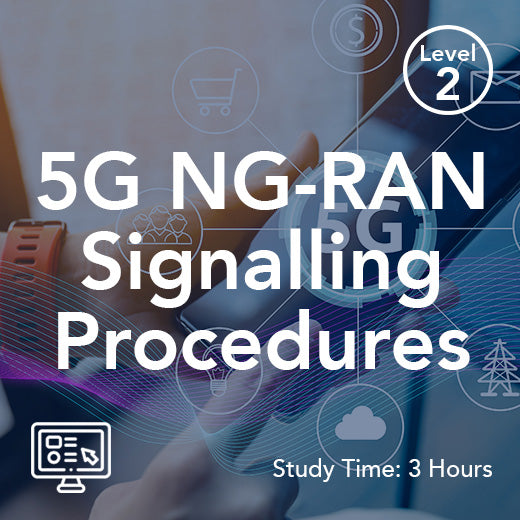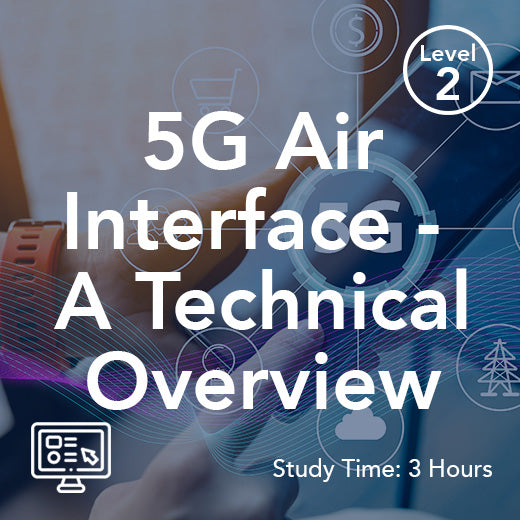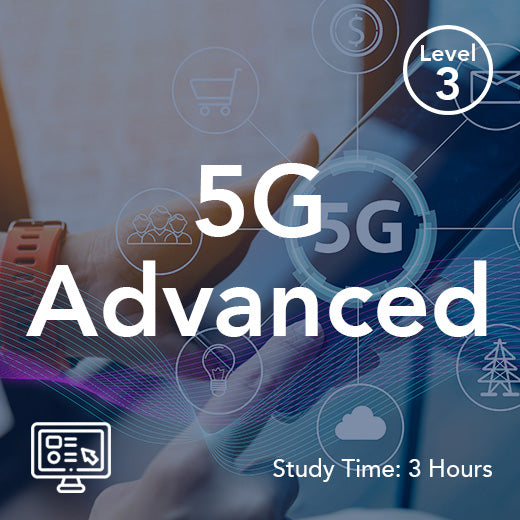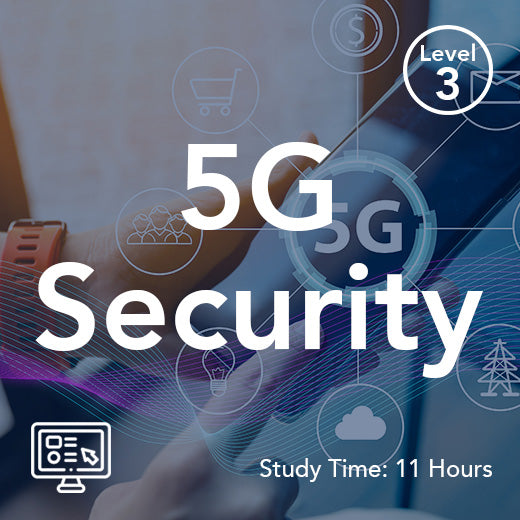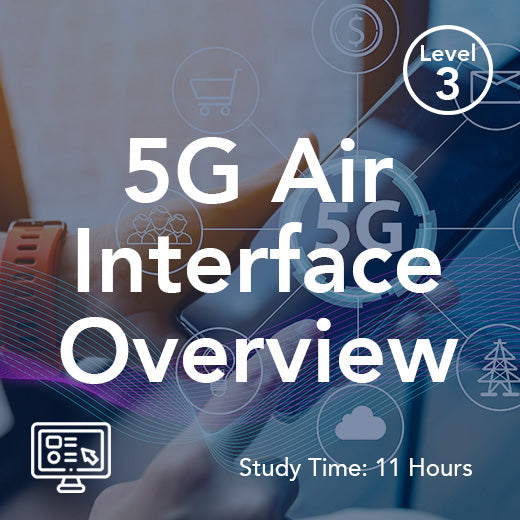This 5G Technologies, Services and Markets on-demand course is a non-technical introduction to the 5G mobile communication system, including its capabilities, general structure and operation, as well as its position as a development of previous technologies. The course also covers the place that 5G holds in the telecommunications market, and how that is developing.
This 1-day training course is designed to provide a comprehensive overview of 5G technologies, services, and markets. The course covers the basics of 5G mobile communication systems, including their capabilities, structure, and operation, as well as their evolution from previous technologies. Participants will also gain insights into the current landscape of the telecommunications market and the role that 5G plays in shaping its future.
Ideal for non-technical professionals in the mobile or fixed telecommunications sector, this course requires no prior technical knowledge but some familiarity with the industry would be beneficial. Topics covered include an introduction to 5G, market drivers, use cases, performance objectives, key features, network architectures, voice services, industry players, standardization, and the relationship between 5G, LTE, and Wi-Fi.
By enrolling in this course, participants will gain a solid understanding of 5G technologies and their impact on the telecommunications industry. Stay ahead of the curve and enhance your knowledge with this engaging and informative training opportunity.
This self-paced on-demand distance learning course features illustrated course books, videos, tests and full tutor support.
Who would benefit
This course is intended for non-technical professionals either new to, or already working in, the mobile or fixed telecommunications sector.
Prerequisites
No technical knowledge is assumed but some familiarity with the telecommunications industry would be beneficial.
Topic Areas Include
Introduction to 5G
Market drivers for 5G
Use cases for 5G
Performance objectives and spectrum requirements
Concepts and key features of 5G
Architecture of the core and radio access networks of 5G
Voice services in 5G
Key industry and market players
Standardisation and timelines for 3GPP and the ITU
5G, LTE and Wi-Fi – a holistic approach
Read more less

